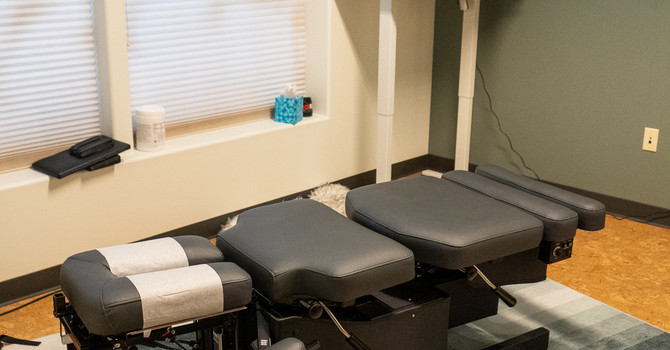
One of the biggest misconceptions about chiropractic care is that every patient needs the same adjustment, every single visit. At Modern Chiropractic, we believe care should be personalized and built around the unique needs of your body — which means not every patient requires an adjustment at every appointment.
Individualized Care Comes First
No two patients are the same. Factors such as age, health history, lifestyle, and the specific reason for your visit all play a role in determining the right treatment. Some patients benefit from regular spinal adjustments, while others may need:
- Soft tissue work to relieve tight or overactive muscles
- Rehabilitative exercises to build strength and stability
- Therapies like laser, shockwave, massage, or acupuncture to reduce inflammation and support healing
Your treatment plan should always be tailored to you, not a one-size-fits-all formula.
Listening to What Your Body Needs
Chiropractic adjustments are powerful tools for restoring movement and improving musculoskeletal function, but if your spine is already moving well and your joints are stable, an adjustment may not be necessary that day. Instead, your chiropractor might recommend supportive care to maintain your progress.
Avoiding Overtreatment
Adjusting for the sake of adjusting doesn’t support long-term health. Research in musculoskeletal medicine shows that patient-centered care, where treatments are applied only when clinically indicated, leads to better outcomes and higher patient satisfaction (Goertz et al., 2012; Côté et al., 2016). In other words, more is not always better.
A Partnership in Your Health
At Modern Chiropractic, our role is to evaluate where you are each visit and use the right tools to help you feel and function your best. Some days that means an adjustment; other days it may mean targeted exercises, soft tissue work, or simply monitoring your progress.
Chiropractic care is most effective when it’s individualized, flexible, and responsive to your needs. You may not need an adjustment every visit — you need the right care for your body at the right time. That’s how you build sustainable health, movement, and resilience.
References:
- Goertz, C. M., et al. (2012). Patient-centered care for musculoskeletal pain: Necessary components and challenges. Pain Research and Management, 17(6), 407–414.
- Côté, P., et al. (2016). Management of neck pain and associated disorders: A clinical practice guideline from the Ontario Protocol for Traffic Injury Management (OPTIMa) Collaboration. European Spine Journal, 25(7), 2000–2022.
- American Chiropractic Association. Clinical guidelines and best practices. (2021).
- World Health Organization (WHO). WHO guidelines on health policy and clinical practice: Integrated care for musculoskeletal conditions. (2019).

admin
Contact Me



